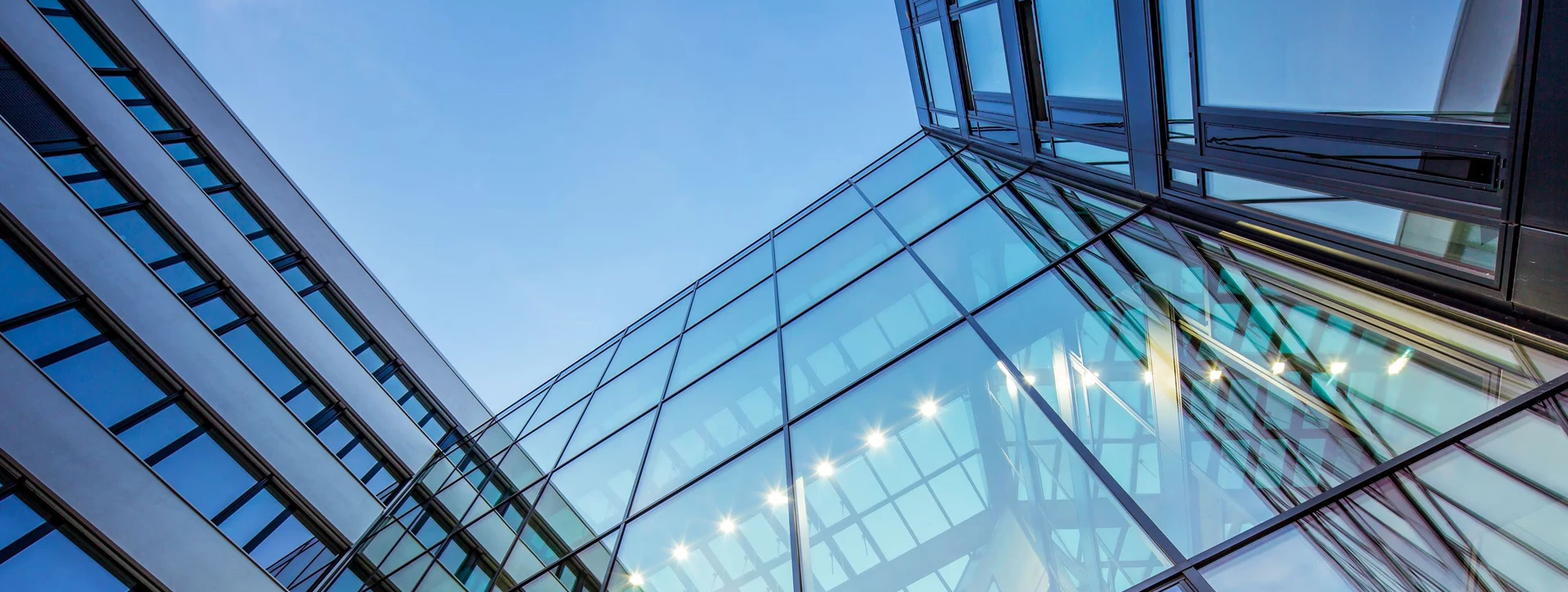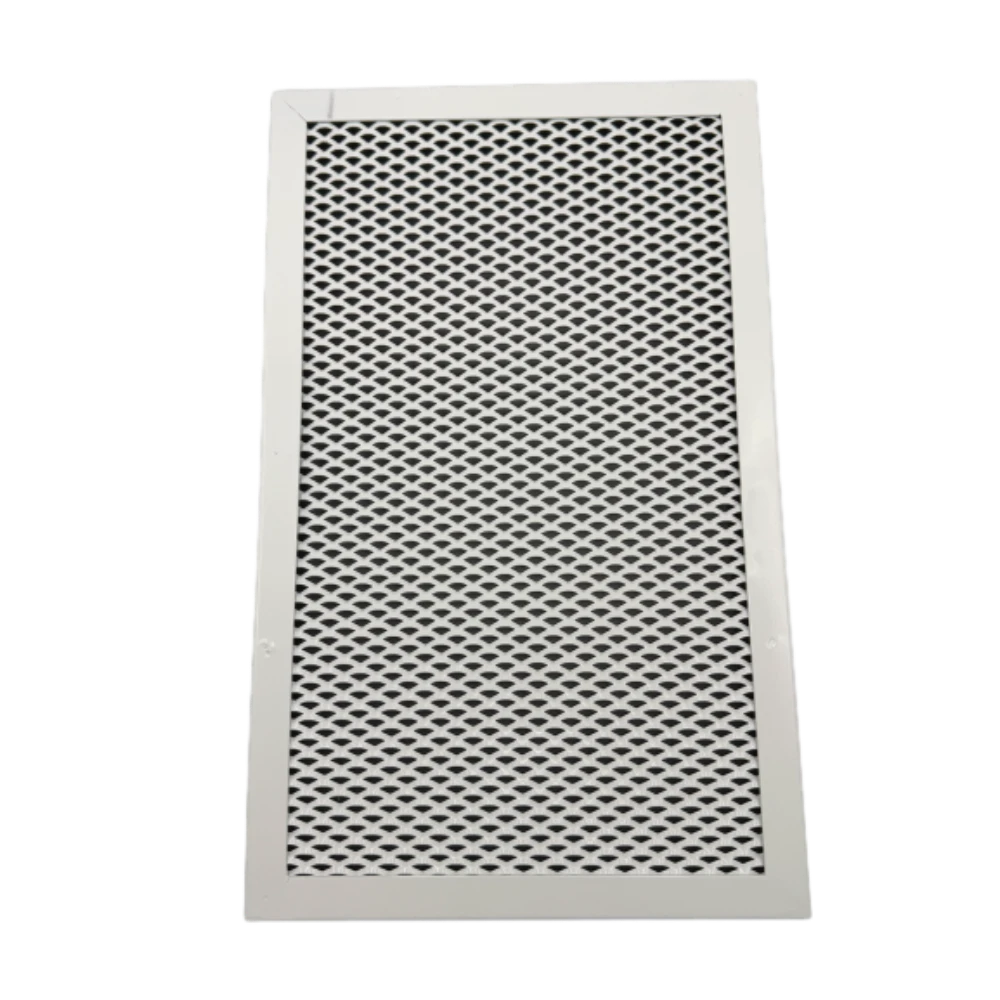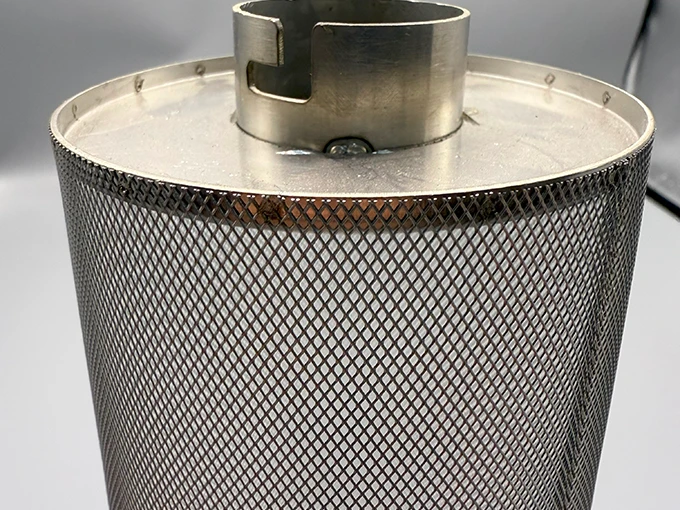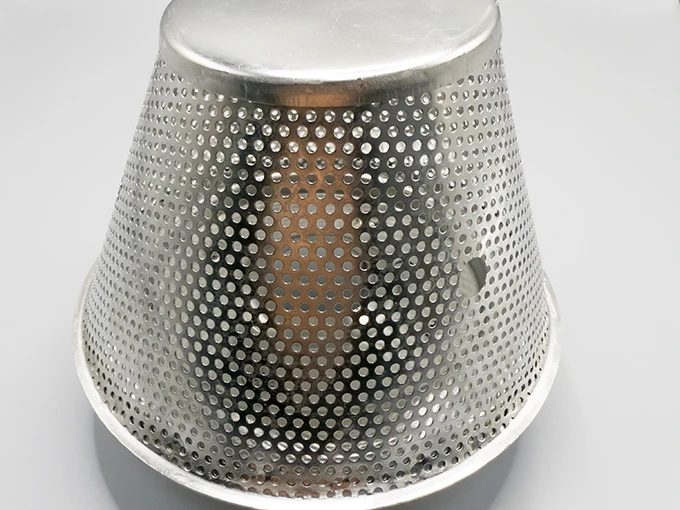11111
In the realm of industrial and architectural materials, expanded metal products have emerged as innovative solutions for diverse applications. From structural support to decorative elements, the versatility of expanded metal sheet, expanded metal mesh, stainless steel expanded metal, thép giãn nở, and nhôm kim loại giãn nở makes them indispensable across sectors. This exploration delves into their characteristics, uses, and the factors that make them a preferred choice for engineers, designers, and manufacturers.
Understanding the Basics of Expanded Metal Sheet and Mesh
Expanded metal sheet and expanded metal mesh are created through a process of slitting and stretching a metal panel, forming a network of interconnected strands and openings. This design provides exceptional strength while maintaining lightness and permeability. For instance, in industrial walkways, an expanded metal sheet offers robust support while allowing light and air to pass through, making it both functional and breathable. Expanded metal mesh, with its varied hole patterns (such as diamond or square), is often used in fencing, filters, or ventilation systems, where its open structure facilitates airflow while resisting impact. These materials are valued for their cost - efficiency and ease of installation, making them suitable for large - scale projects.
Highlighting the Durability of Stainless Steel Expanded Metal
Stainless steel expanded metal stands out for its corrosion resistance and sleek appearance, making it ideal for harsh environments or aesthetic applications. In coastal areas or industrial settings with high humidity, this material resists rust and chemical damage, ensuring long - term reliability. For example, in outdoor signage or architectural facades, stainless steel expanded metal adds a modern touch while withstanding extreme weather conditions. Its hygienic properties also make it suitable for food processing facilities or medical environments, where cleanliness and durability are paramount. The material’s strength allows it to be used in heavy - duty applications like machine guards or industrial flooring.
Leveraging the Strength of Expanded Steel
Expanded steel is prized for its high tensile strength and rigidity, making it a go - to option for structural applications. In construction, it is used as reinforcing mesh in concrete projects, providing stability and preventing cracking. Warehouse racking systems often incorporate thép giãn nở decks, as they can withstand heavy loads while allowing for easy visibility of stored items. Additionally, in the automotive industry, expanded steel is used in vehicle undercarriages or exhaust systems, where its heat resistance and durability are essential. The material’s versatility extends to agricultural uses, such as livestock fencing or grain storage bins, where its strength deters damage from animals or environmental factors.
Embracing Lightweight Design with Aluminum Expanded Metal
Aluminum expanded metal offers a lightweight alternative without compromising on flexibility or corrosion resistance. This makes it suitable for applications where weight is a critical factor, such as aerospace components or portable structures. In interior design, nhôm kim loại giãn nở is used for decorative panels or room dividers, as its lightweight nature allows for intricate designs and easy installation. Outdoor applications, such as garden trellises or solar panel guards, benefit from its resistance to rust and low maintenance requirements. The material’s conductivity also makes it useful in electrical enclosures or heat dissipation systems, where it can safely manage airflow and temperature.
FAQ: Key Insights into Expanded Metal Products
What factors should I consider when choosing between expanded metal sheet and mesh?
The choice depends on the intended use. For load - bearing applications or solid coverage, opt for expanded metal sheet. If ventilation, visibility, or light transmission is crucial, expanded metal mesh with its open structure is more suitable. Additionally, consider the material thickness, hole size, and surface finish based on environmental conditions and aesthetic needs.
How does stainless steel expanded metal compare to other materials in terms of maintenance?
Stainless steel expanded metal requires minimal maintenance due to its inherent corrosion resistance. Unlike carbon steel, it does not need regular painting or coating to prevent rust. A simple periodic cleaning with a mild detergent is usually sufficient to maintain its appearance and functionality, making it a cost - effective choice for low - maintenance projects.
Can expanded steel be customized for specific project requirements?
Yes, thép giãn nở can be customized in terms of sheet size, hole pattern, and thickness. Manufacturers often offer punching and forming services to create tailored solutions for unique applications, such as curved panels for architectural designs or specific load - bearing capacities for industrial use.
What are the primary advantages of aluminum expanded metal in outdoor applications?
Aluminum expanded metal is highly resistant to weathering, making it suitable for outdoor use. Its lightweight nature simplifies installation in hard - to - reach areas, while its non - magnetic and non - sparking properties add safety benefits in certain environments. Additionally, it can be powder - coated in various colors to enhance aesthetics and further protect against UV damage.
Are expanded metal products environmentally friendly?
Many expanded metal products, including stainless steel, thép giãn nở, and nhôm kim loại giãn nở, are recyclable, making them environmentally friendly. The manufacturing process also generates minimal waste, as the material is stretched rather than cut, preserving most of the original sheet’s integrity. This sustainability factor appeals to eco - conscious projects and industries.
















![$item[tiêu đề] $item[alt]](https://www.ccmetalmesh.com/images/cc-7691.webp)

